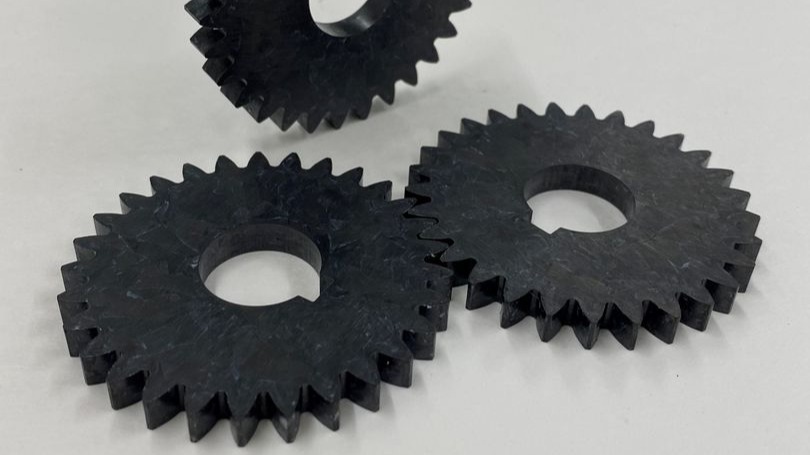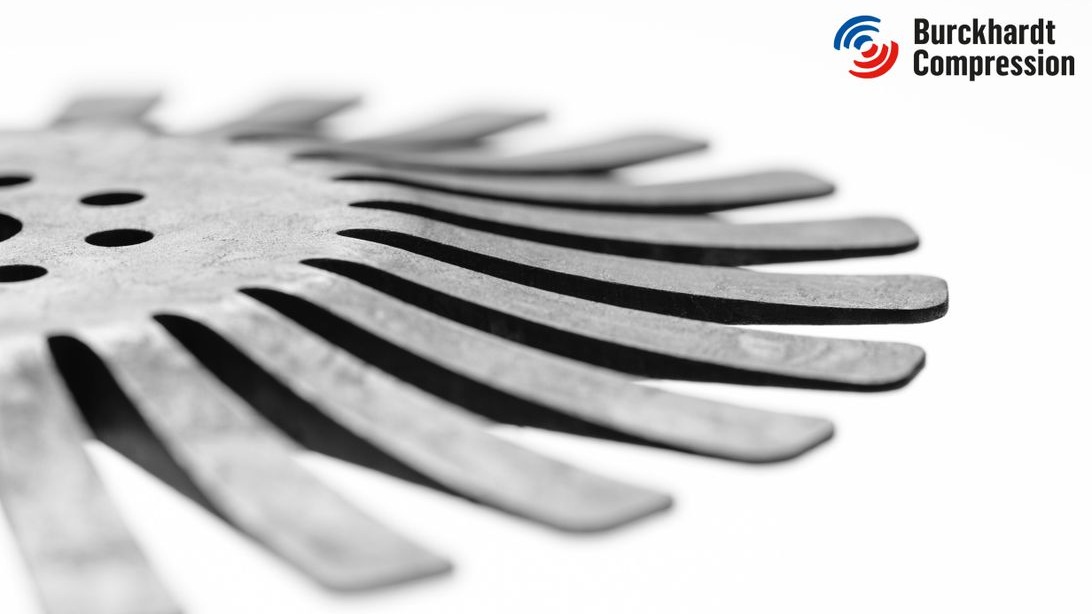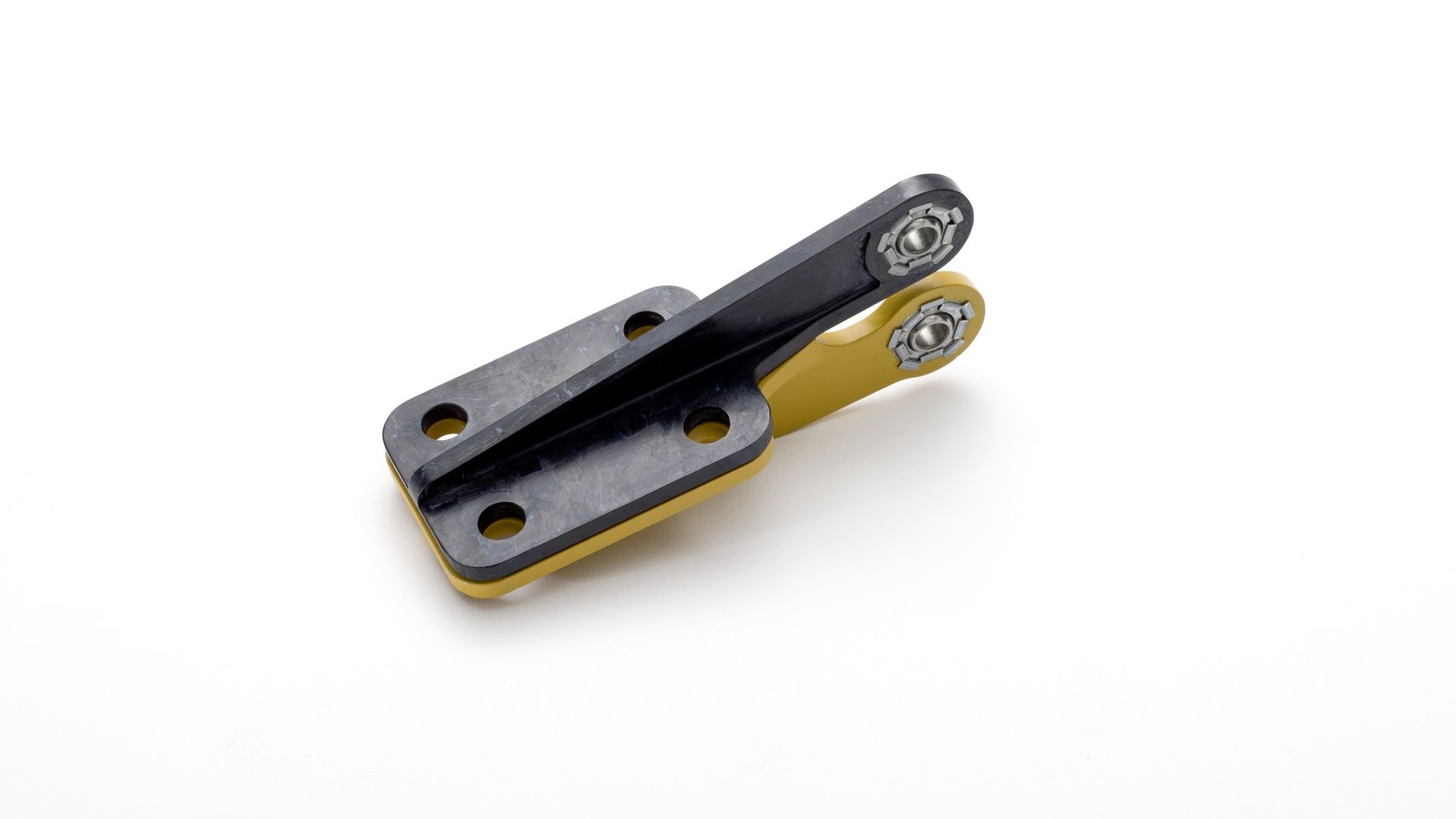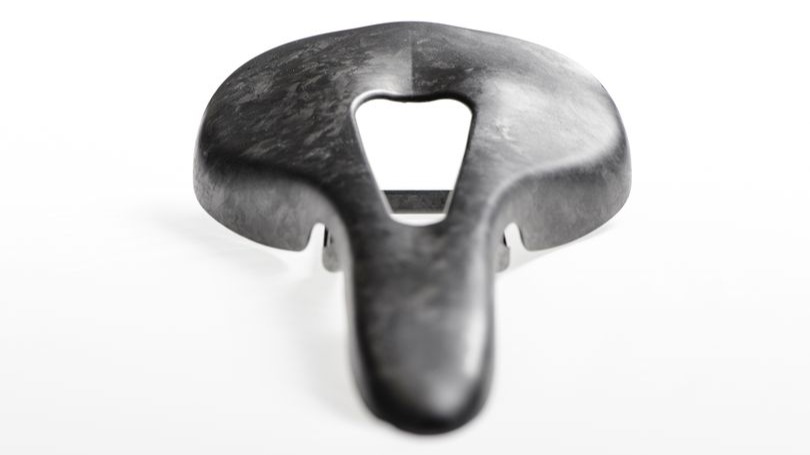Wieso thermoplastische Faserverbundwerkstoffe?
Metalle und Kunststoffe erfüllen die Leistungsansprüche in Hochleistungs-Anwendungen oft nur teilweise. Besonders im Maschinenbau stellen widrigste Druck- und Temperaturbedingungen die Entwickler und Ingenieure bei der Materialauswahl ihrer Bauteile vor grosse Herausforderungen.
Wieso thermoplastische Composites für Hochleistungs-Anwendungen?
Thermoplastische Faserverbundwerkstoffe kombinieren die besten Materialeigenschaften beider Materialgruppen und überzeugen in mechanischen Systemen und Teilsystemen mit Hochleistung unter widrigsten Bedingungen.
Hochleistung dank der Realisierung von Lastpfaden
Anwendungsorientierte Compression Molding Verfahren (z.B x-Technologies von CrossTEQ) ermöglichen die Konstruktion einer spezifischen Faserarchitektur und die gezielte Nutzung von Materialeigenschaften (Festigkeit und Steifigkeit).
Lange Lebensdauer unter widrigsten Bedingungen
Durch seine hervorragenden Eigenschaften überdauern thermoplastische Faserverbundwerkstoffe selbst unter härtesten Druck- und Temperaturbedingungen.
Kosteneffizient schon ab kleinen Seriengrössen
Durch den hohen Automatisierungsgrad bei der Herstellung im thermoplastischen Compression Molding Verfahren und die hohe Funktionsintegration reduziert sich die Bauteilanzahl und damit die Produktionskosten, auf ein Minimum.
Skalierbare Prozesslösungen
Anwendungsspezifische Composite Compression Molding Technologien ermöglichen die automatisierte, kostenoptimierte Massenproduktion von einfachen bis geometrisch komplexen Features und 3D-Strukturen.
Gezielte Nutzung hervorragender Materialeigenschaften
Thermoplastische Faserverbundwerkstoffe kombinieren die besten Materialeigenschaften von Metallen und Kunststoffen und ermöglichen vielseitige mechanische, chemische und tribologische Eigenschaften, die durch anwendungsspezifische Composite Kompression Molding Technologien gezielt für Hochleistungs-Anwendungen genutzt werden können.
Composites vs. Metalle

Korrosions- und Chemikalienresistent

Gewichtsreduktion

Exzellente Tribologie

Elektromagnetische Abschirmung, leitfähig, isolierend
Composites vs. Kunststoffe

Hohe Festigkeit und Steifigkeit

Hohe Temperaturresistenz, minimale thermische Ausdehnung

Exzellente Schwingungsdämpfung, Zähigkeit & Schlagfestigkeit
Die thermoplastischen Faserverbundwerkstoffe von CrossTEQ ermöglichen vielseitige mechanische, chemische und tribologische Features, die wir gezielt für Ihr Hochleistungsbauteil hervorrufen können.
In unserem Cross Composite Kompetenzzentrum entwickeln wir dafür anwendungsspezifische Produktionstechnologien und die entsprechenden Sonderanlagen und Formwerkzeuge. Besuchen Sie uns!
Anwendungen von thermoplastischen Composites
Hochleistung im Maschinenbau

Einbaufertige Zahnräder für Hochleistungs-Getriebe
- Hohe mechanische Festigkeit durch 55% Carbon-Langfaser-Verstärkung
- Hervorragende tribologische Eigenschaften dank PEEK-Verbundwerkstoff
Gleichmässige Zahn-Festigkeit dank quasi-isotroper Faserorientierung

Endkontur-genaue Ventilplatte für grosse Kolbenkompressoren
- Temperaturbeständig
- Fest & druckbeständig
- Leichtgewicht
- Konturgenau; Minimale Nachbearbeitung
Kosteneffizient bereits ab mittlerer Seriengrösse

Einbaufertiges Helikopter-Scharnier
Besondere Festigkeit & Steifigkeit bei geringem Gewicht
Gewicht: 22g vs. 135g bei gleichem Teil aus Stahl
- Besondere Festigkeit & Steifigkeit bei geringem Gewicht
Hochleistung im Sport & Outdoor

Widerstandsfähige Sport-Hardware
- 50% Gewichtseinsparung ggü. Aluminium
- Hervorragende Festigkeit & Steifigkeit
- Exzellente Tribologie und Oberflächenqualität